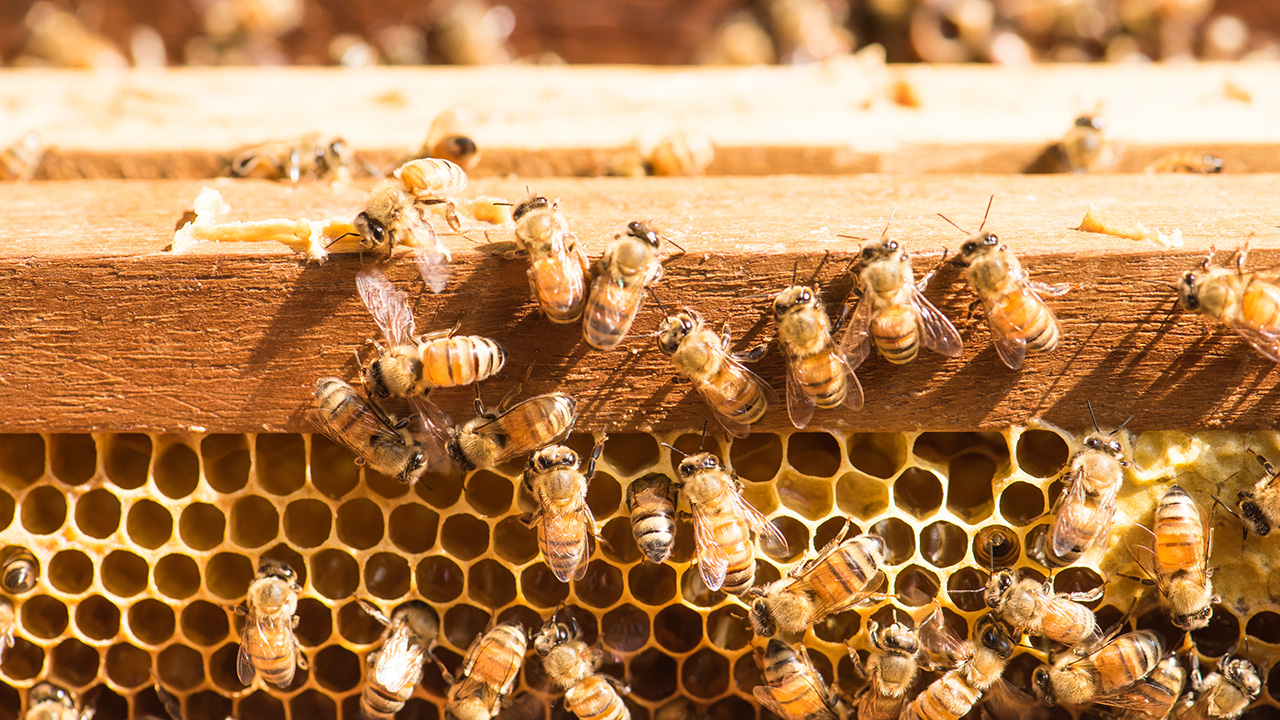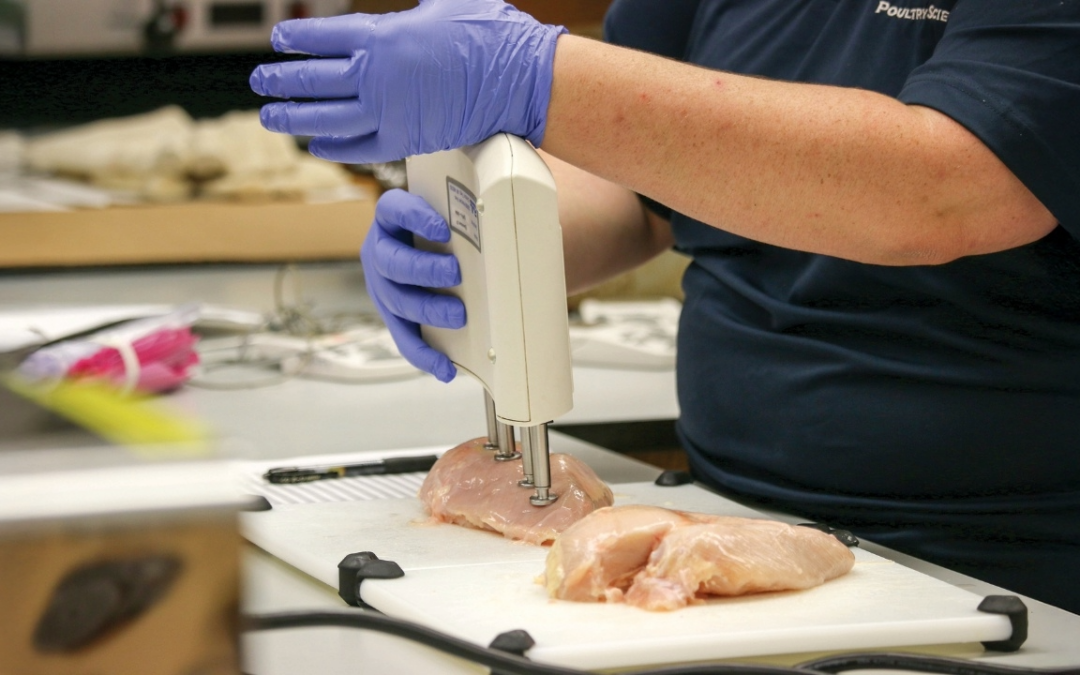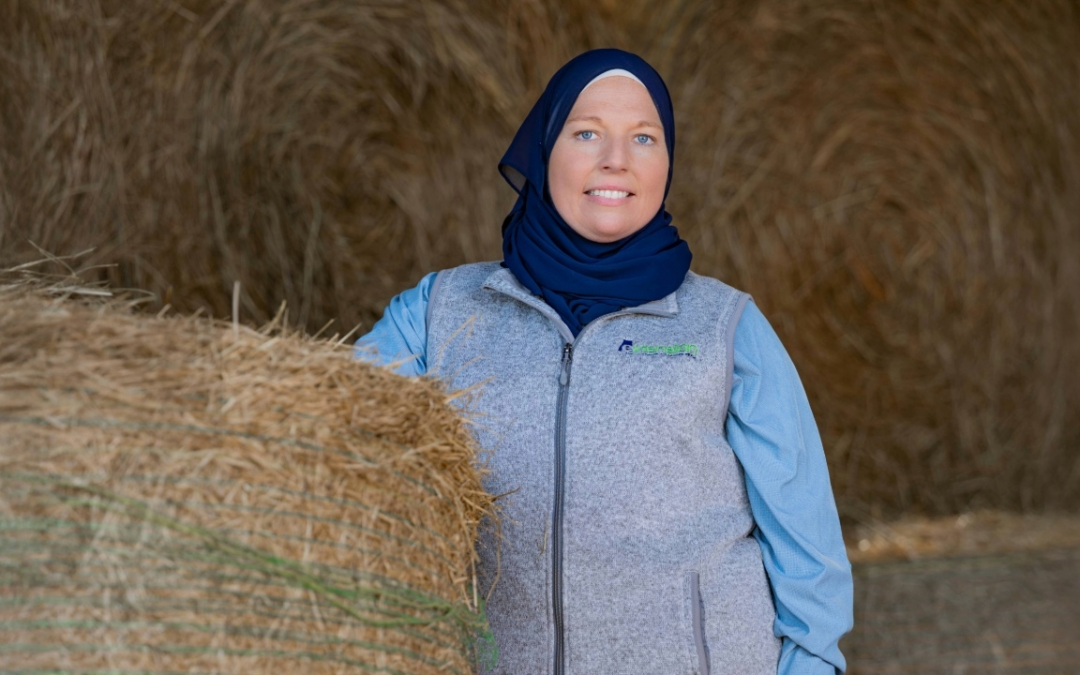The annual U.S. Beekeeping Survey, designed and administered by Auburn University and Apiary Inspectors of America, indicates the highest colony losses since the 2010-11 beekeeping season, when colony loss rates were first determined. U.S. beekeepers lost an estimated 55.1% of their managed bee colonies in 2023-24 – 14.8 percentage points higher than the 13-year average annual loss rate of 40.3%.
This surge in colony losses was driven largely by losses among commercial beekeepers managing more than 500 colonies.
“Backyard beekeepers traditionally experience greater losses than commercial beekeepers, but this time around it was flipped. The commercial beekeepers lost more,” said Geoff Williams, an associate professor at Auburn University and director of the Auburn University Bee Lab.
In 2023-24, commercial beekeepers lost 55.7% of their managed colonies, which is 16.8 percentage points higher than their 13-year average of 38.9%.
While the survey did not investigate the cause of such losses, North Dakota state bee inspector Samantha Brunner said there likely are a variety of factors.
“Varroa mites are always a problem and could be a factor. Also, if honey flow lasts longer than expected, it could delay treatment and cause things to snowball, leading to higher losses. In all likelihood, there were a variety of factors such as these,” she said.
Anne Marie Fauvel, program director for the American Honey Producers Association, agreed, saying that “assessment of commercial beekeeping colonies going into the 2023-24 winter revealed a significant uptick in varroa mites late in the fall compared to previous years, warning beekeepers of potentially high losses.”
The 2023-24 survey was open to beekeepers May 1-31, 2024, and reports on the period of April 1, 2023, to April 1, 2024. The survey is based on the responses of 1,652 beekeepers who collectively managed 337,134 colonies.
Commercial and sideliner beekeepers – defined as managing more than 500 colonies or 51-500 colonies, respectively – represented 6.9% of the respondents and 96.9% of the managed colonies in the survey. Backyard beekeepers – defined as managing 50 or fewer colonies – represented 93.1% of the respondents and 3.1% of the managed colonies.
“This survey sheds light on the current state of the beekeeping industry in the United States, especially concerning the rate of colony loss and perceived causes of colony loss by beekeepers,” Williams said. “Building on the large dataset already developed by the Bee Informed Partnership, University of Maryland, and Auburn University, this year’s survey, in partnership with the Apiary Inspectors of America, will allow us to keep studying important drivers of honeybee colony loss, like varroa management and weather.”
Williams added that the annual survey’s corresponding scientific articles are among the most cited in the fields of beekeeping and honey bees.
Before being led by Auburn and Apiary Inspectors of America this year, the survey previously was administered by the Bee Informed Partnership, the University of Maryland and Auburn. This year, the One Hive Foundation, Project Apis m, National Honey Board, American Beekeeping Federation and the American Honey Producers Association provided financial support.





